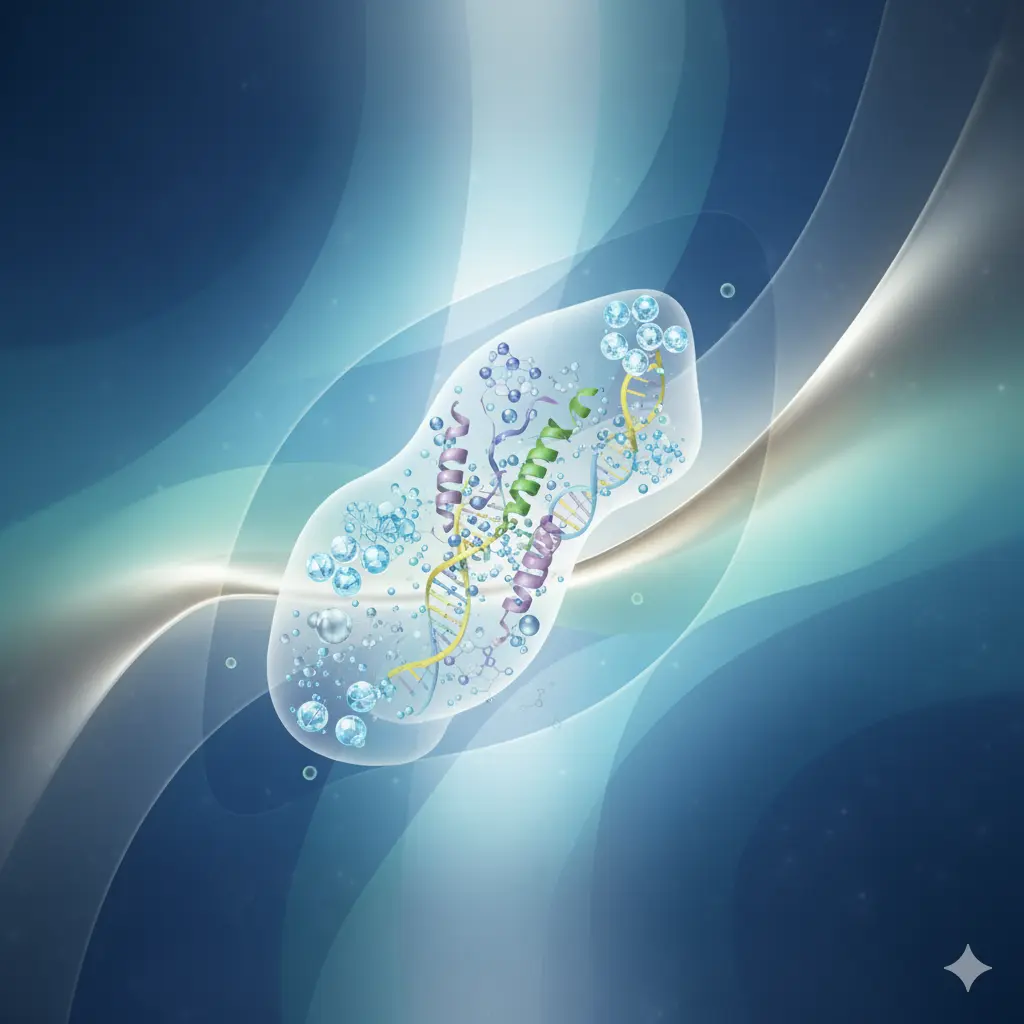Computational (Bio)Physical Chemistry Group @ SNBNCBS, Kolkata
Team Leader: Suman Chakrabarty
Under active development

About Us
The broad area of our research is computational molecular biophysics and theoretical physical chemistry. The primary goal is to employ state of the art computational methodologies primarily based on statistical mechanics to solve realistic problems in the interdisciplinary areas of chemistry, physics and biology.
Overall, we take an approach of molecular thermodynamics to connect molecular interactions and dynamics to their function and properties. We work on a wide range of problems starting from small molecules (as small as water!) to large biomolecular assemblies and self-assembly of amphiphilic molecules.
Research
Major Research Interests
Our research focuses on the intersection of computational molecular biophysics and theoretical physical chemistry. We design and apply advanced computational approaches grounded in statistical mechanics and molecular thermodynamics to tackle challenging, interdisciplinary problems across chemistry, physics, and biology. The overarching aim is to gain a molecular-level understanding of how interactions and dynamics drive emergent functions and material properties. We employ molecular simulations, enhanced-sampling strategies, and machine-learning-based methods to investigate complex biomolecular and soft-matter systems — spanning small molecules, interfacial water, large proteins and enzymes, to self-assembled proteins. Our current research themes include (bio)molecular recognition and allostery, machine-learned discovery of collective variables for rare-event sampling, mechanistic studies of phase transitions, protein folding and aggregation, and AI-driven exploration of free-energy landscapes.
Open positions
Join Us!
We are looking for bright and motivated students who are curious to unravel the mysteries of nature from a molecular point of view! Interest in physical chemistry, chemical physics, biophysics, statistical mechanics and programming are desirable.
PhD. positions
For the admission process in our centre, please consult the official admission page.
Postdoctoral positions
If you are looking for a postdoctoral researcher position, please visit: Advanced Postdoctoral Research Programme (APRP)
Project Students
Short term project position or postdoctoral research positions might open up from time to time. Please feel free to directly contact us (sumanc@bose.res.in) if you are interested.








